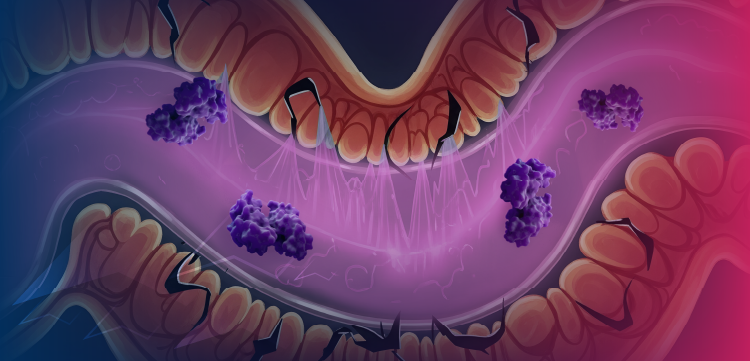
Journal Club: Does late introduction of solid foods increase risk of allergic sensitization?
Finnish researchers analyzed data from a nutrition study that examined the effects of maternal diet during pregnancy and lactation on the development of type 1 diabetes.
Finnish researchers analyzed data for almost 1,000 children from a nutrition study that examined the effects of maternal diet during pregnancy and lactation, in conjunction with the child's diet during infancy and childhood, on the development of type 1 diabetes, allergic diseases, and asthma. Each child's diet was assessed using age-specific questionnaires at 3, 6, and 12 months of age, along with ascertaining the age at which each new food was introduced. The questionnaires also determined the pattern of breastfeeding (median duration of exclusive breastfeeding was 1.8 months), the use of infant formula and cow's milk, and use of vitamin preparations. When each child reached the age of 5 years, serum immunoglobulin E measurements were performed for specific foods common to the Finnish diet.
Late introduction of potatoes (>4 months), oats (>5 months), rye (>7 months), wheat (>6 months), meat (>5.5 months), fish (>8.2 months), and eggs (>10.5 months) was significantly associated with sensitization to food allergens, after adjustment for potential confounders. Late introduction of potatoes, rye, meat, and fish was significantly associated with sensitization to any inhalant allergen. Eggs, oats, and wheat were the most important foods related to sensitization to food allergens, whereas potatoes and fish were most highly associated with inhalant allergic sensitization. Results for children with parental history of asthma and allergic rhinitis did not differ from those for the whole study population, and adjustment for duration of exclusive breastfeeding did not change results (Nwaru BI, et al. Pediatrics. 2010;125[1]:50-59).
COMMENTARY
Newsletter
Access practical, evidence-based guidance to support better care for our youngest patients. Join our email list for the latest clinical updates.








